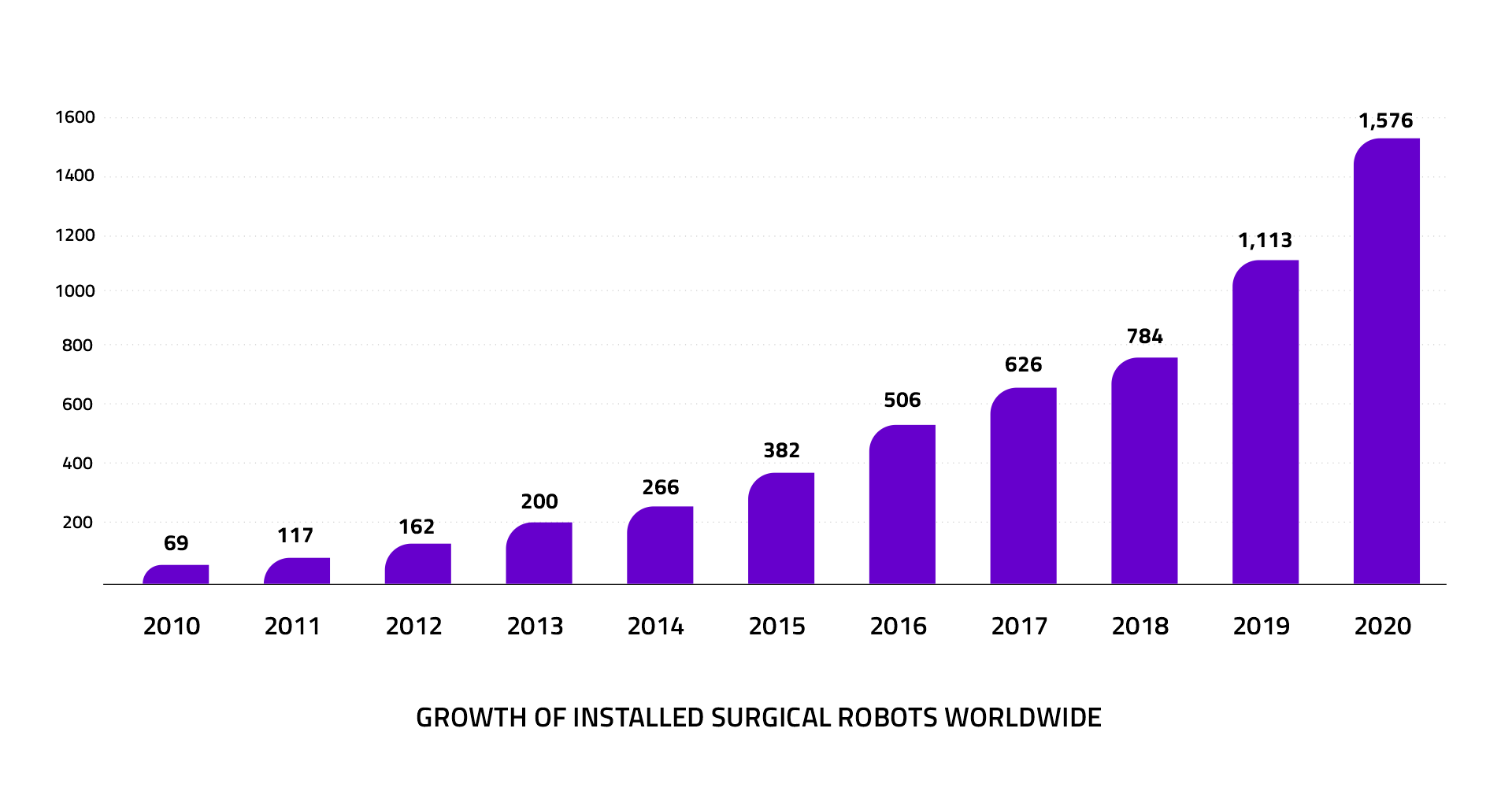
AI and Robotics


AI and Robotics
Artificial intelligence (AI), or the theory and development of computer systems capable of executing tasks that would typically need human intelligence, is expected to revolutionize health care by completing clinical and business tasks faster and more accurately while using fewer resources.
AI can help with activities like diagnosing patients and recognizing disease outbreaks sooner, as well as quickening the development of new pharmaceuticals and technologies and streamlining middle- and back-office functions like making physician recommendations, coding patient pathways, and approving claims.
It's critical for health-care stakeholders to understand that AI is intended to support and assist people rather than to replace them, allowing highly trained professionals to focus on more useful, patient-facing activities. Robotics, for example, could help with drug formulation, decontaminating and sterilizing medical equipment, and reallocating staff resources to higher-value areas (e.g., allow nurses to spend more time directly with patients). Patients could be driven to their appointments by self-driving automobiles, boosting care continuity. Drones might pick up medication dropped on the floor by an elderly patient. Robotic applications in pharmacies and surgery are currently in use, though the technology's full potential has yet to be exploited.
Artificial intelligence and robotics applications are still in their early stages of adoption among health-care stakeholders and patients. Increased adoption could be contingent on innovators' ability to lower the cost and enhance the accuracy of technologies like natural language processing, big data, and cognitive technologies, as well as health care professionals' and patients' acceptance and reliance on the new tools.

Augmented reality (AR), virtual reality (VR), mixed reality (MR), 360-degree, and immersive technologies are all referred to as digital reality (DR). The term "immersive" refers to the multimodal, deeply engaging digital experiences that may be created with DR. These technologies, like many other new digital capabilities, made their first appearance in the consumer market as forms of gaming and entertainment. They have now reached a critical point where business and organizational adoption is beginning to outstrip personal use. Early adopters are already hard at work inventing solutions to help improve health care, and initial obstacles in technology, cost, and content are currently falling.
The use of AR and VR among providers is now concentrated in a few distinct areas. These technologies can help patients learn more quickly about their diseases or treatment options. When employed in visualization and relaxation activities, they can even act as therapies. Some well-known applications include opioid addiction treatment, phantom limb treatment, phobia therapies, cancer therapy planning, perioperative planning, post-traumatic stress disorder treatment, and general pain management. Some VR-based therapies are beginning to develop as ways to help Alzheimer's disease sufferers enhance their memory, and DR technologies can be used to help retain mental acuity by involvement in circumstances that would otherwise be difficult due to restrictions such as physical mobility.
AR and VR can assist physicians and care teams at the point of care in the clinical setting. A heads-up display, for example, can be used to overlay data on the patient's body during surgery or to see the entire procedure during pre-surgical preparation. AR is combining with medical imaging to give clinicians the capacity to project medical pictures, such as CT scans, directly onto the patient and in alignment with the patient's body—even while the person moves—to give them clearer lines of sight into interior anatomy. In the educational arena, AR and VR facilitation is progressively being included into curricula throughout undergraduate, graduate, and continuing medical education programs and institutions.
